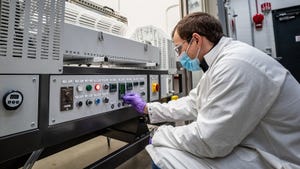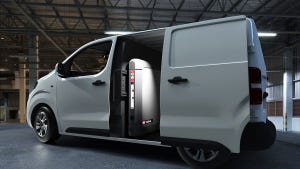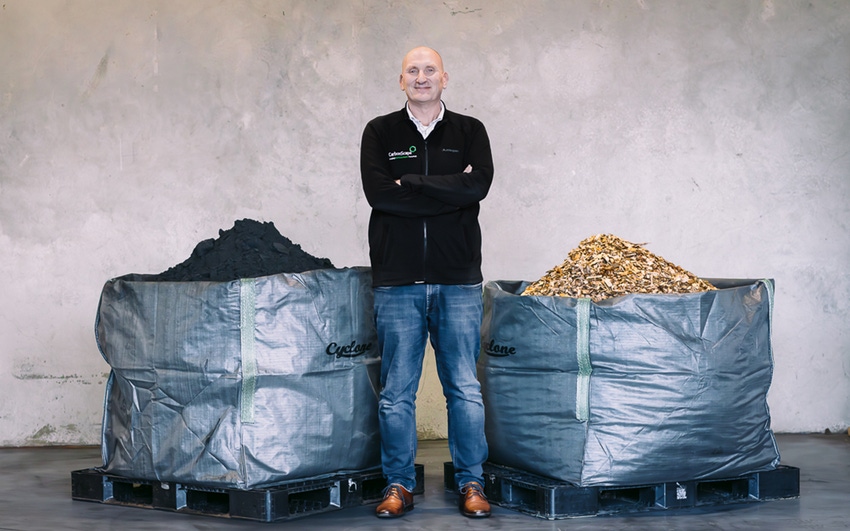
In a world increasingly concerned with environmental sustainability, the quest for greener alternatives extends to every industry, including automotive. Electric vehicles (EVs) have emerged as a promising solution to reduce carbon emissions. Still, their batteries often rely on critical minerals such as lithium, cobalt, manganese, nickel, and graphite, which have significant environmental footprints. However, a company called CarbonScape is creating an alternative sustainable technology by producing high-quality biographite anode material for lithium-ion batteries.
In an exclusive interview, we delve into the innovative world of sustainable battery materials with Ivan Williams, CEO of CarbonScape. Williams sheds light on biographite, a groundbreaking alternative to traditional graphite, and its potential to revolutionize the EV industry while mitigating environmental impact.
Biographite: A game-changer in battery materials
Biographite is a sustainable anode material made out of wood. Unlike traditional synthetic graphite or mined graphite, biographite offers superior sustainability. Ivan Williams, CEO of CarbonScape, said that CarbonScape has demonstrated that biographite matches the performance of synthetic graphite while emitting significantly less carbon dioxide during production.
“While biographite matches the performance of synthetic graphite, its production emits significantly less carbon dioxide. Manufacturing synthetic graphite produces 25-35 tons of carbon dioxide per ton of product, while mined graphite emits 10-15 tons of carbon dioxide per ton of product.” Williams continued, “This reduction in emissions translates to a 5% decrease in each EV's carbon footprint, a notable contribution to combating climate change.”
Williams claims that CarbonScape’s biographite performs at a similar level to ‘traditional’ synthetic graphite. As an example, he highlighted, “Rigorous testing with multiple lithium-ion battery manufacturers, including ATL, has shown that biographite performs most similarly to synthetic graphite. The details of these tests are protected by intellectual property agreements, but ATL has been consistently impressed with the results and continues to invest in CarbonScape.”
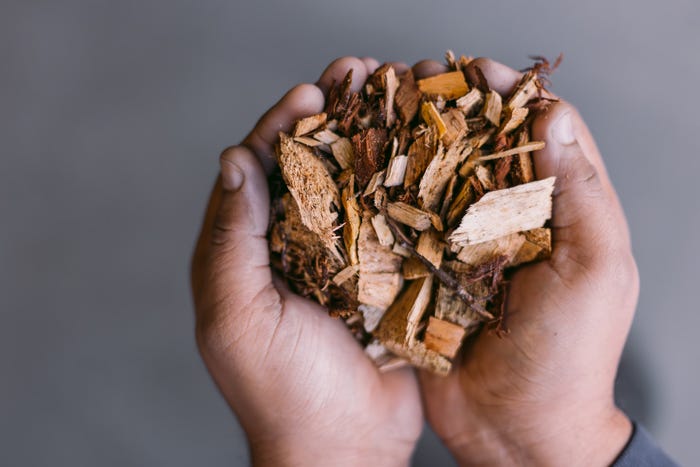
Biographite is manufactured using forestry byproduct such as wood chips. Courtesy of CarbonSpace.
Addressing global graphite supply deficit
The significance of biographite becomes even more pronounced in light of projections indicating a looming global graphite supply deficit. By 2030, a deficit of 777,000 tons is forecasted, underscoring the urgency for sustainable alternatives. Williams said. “Almost all mined and synthetic graphite is currently sourced via long, centralized supply chains originating in China.” Biographite offers a decentralized solution, breaking the industry's dependence on centralized supply chains dominated by China. Its production using forestry byproducts ensures a stable and renewable source of graphite, promoting critical mineral independence and reducing supply chain vulnerabilities.
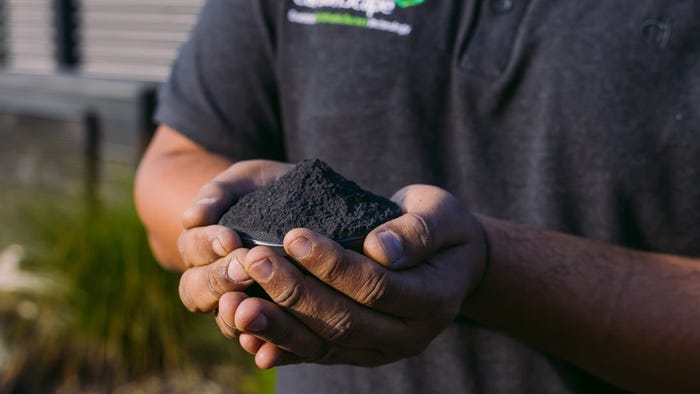
Biographite production uses half of the temperature of traditional synthetic graphite. Courtesy of CarbonSpace.
CarbonScape's patented process of converting wood chips and sawdust into biographite through pyrolysis epitomizes operates at lower temperatures while utilizing renewable feedstock. Williams said, “Biographite production uses half of the temperature of traditional synthetic graphite (2,500 °C) and responsibly sourced forestry byproduct as its feedstock, meaning it is carbon neutral (depending on grid supply) while still being price competitive.” This approach reduces costs and minimizes environmental impact, positioning biographite as a frontrunner in sustainable battery materials.
Scaling up production and establishing commercial facilities in regions like Europe and the US present challenges, but CarbonScape is poised to overcome them. Leveraging the expertise of its leadership team and strategic partners, CarbonScape aims to meet the surging demand for batteries while reducing reliance on unsustainable practices.
Critics may raise concerns about the environmental impact of wood chip sourcing, particularly regarding deforestation. However, CarbonScape's commitment to responsible sourcing practices, including partnerships with Stora Enso— a provider of biorenewable products—ensures sustainability and circularity in its supply chain. By responsibly utilizing forestry byproducts, CarbonScape mitigates deforestation concerns while meeting global battery demands.
“By using less than 5 percent of the forestry industry byproduct generated in Europe and the US, our process could produce enough biographite to meet half the projected global demand for batteries by 2030,” Williams concluded.
CarbonScape's biographite represents a transformative leap forward in the EV industry. As the world accelerates towards electrification, biographite has excellent potential to power the next generation of sustainable transportation.
About the Author(s)
You May Also Like


